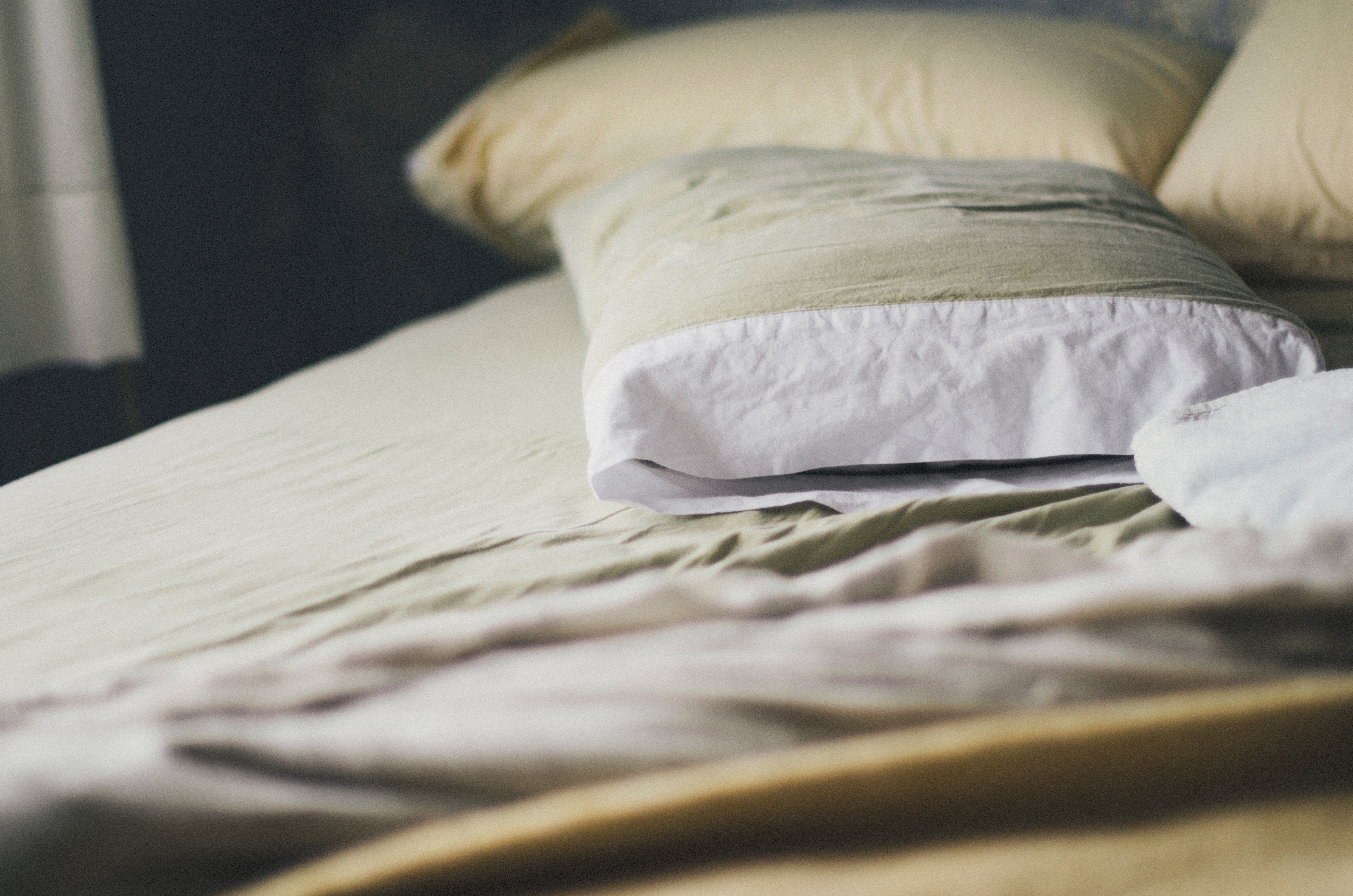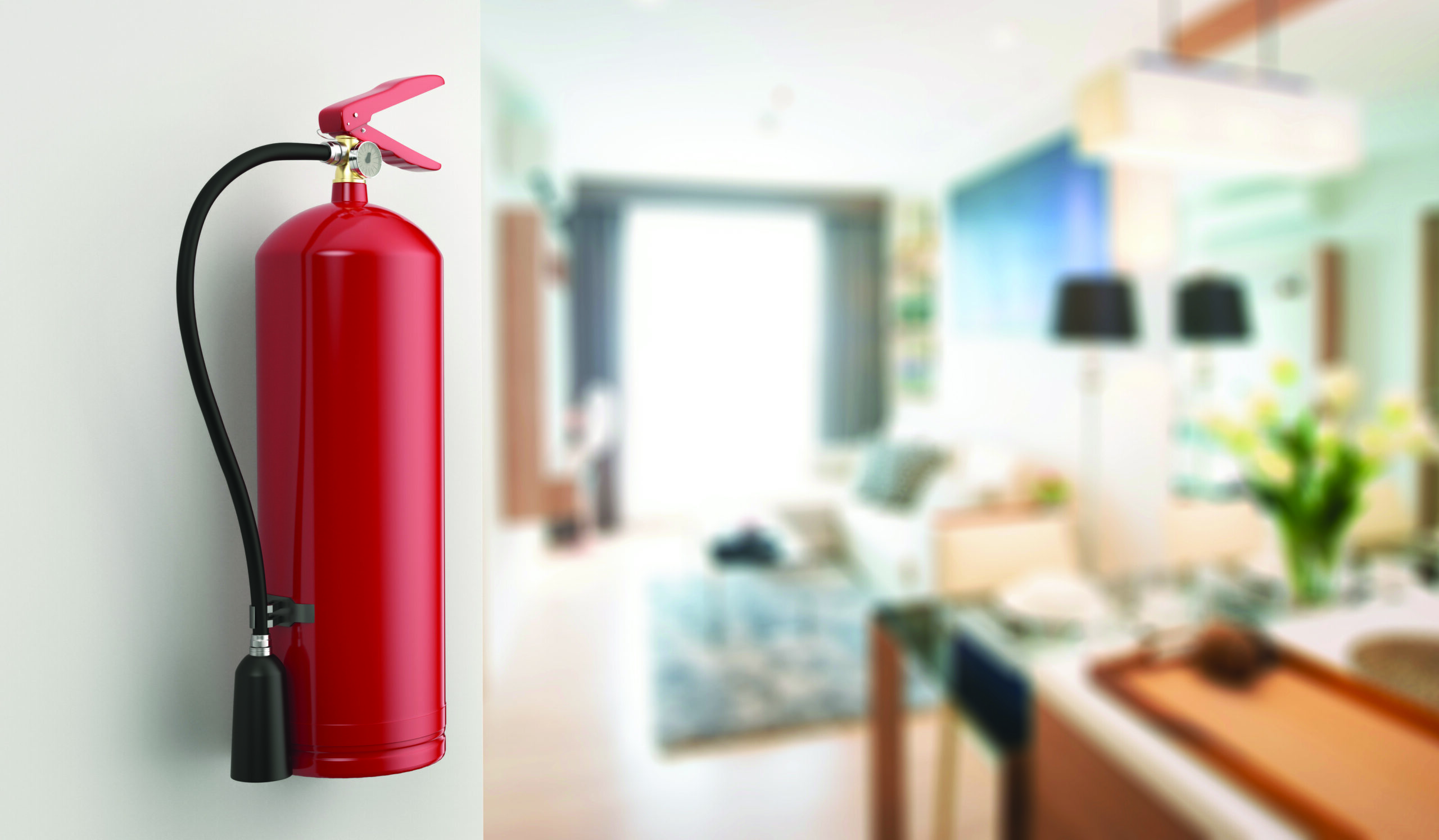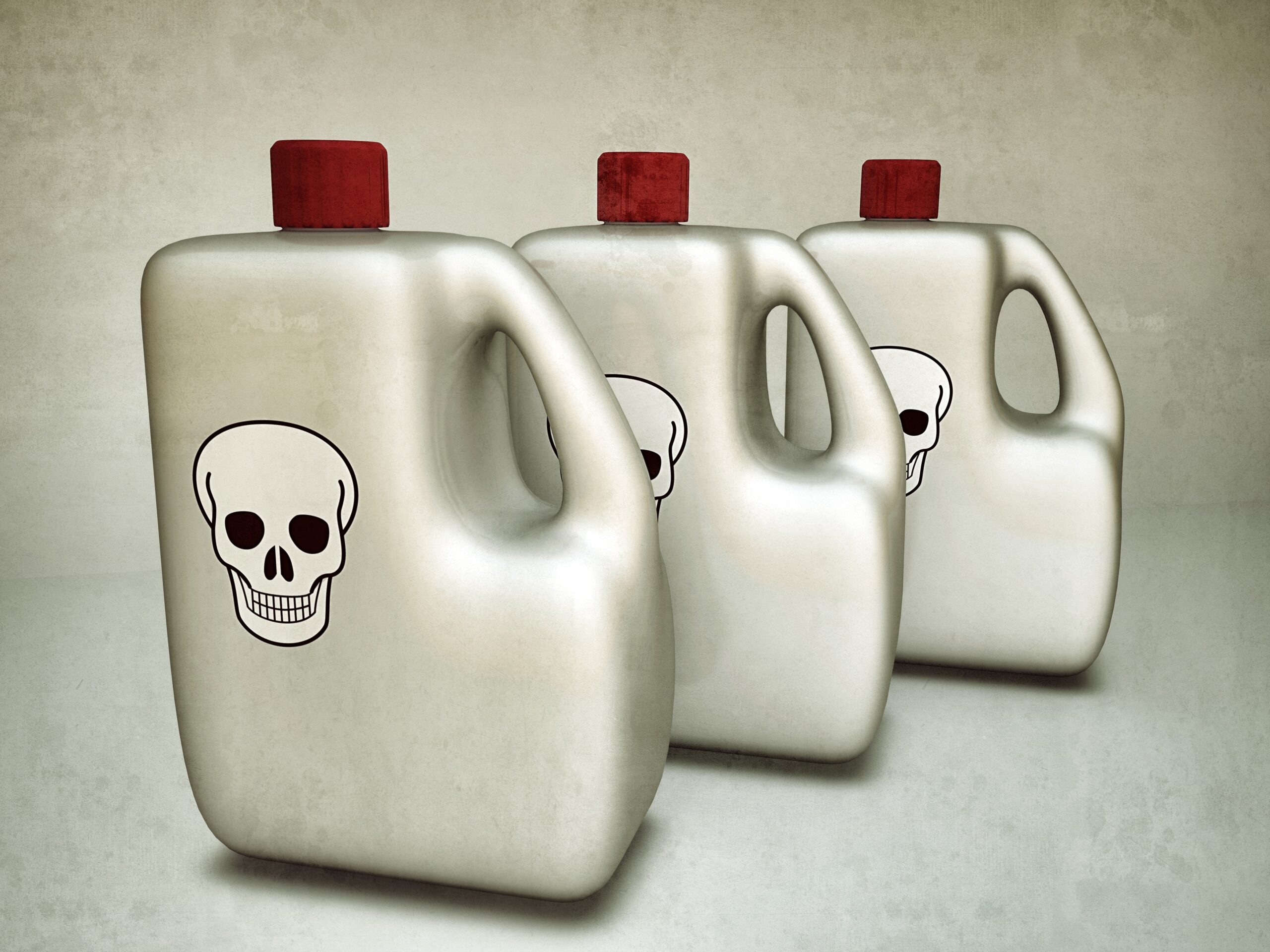Every day we are constantly surrounded by bacteria that can cause problems. Even though you can’t disin-fect everything, there are little things you can clean around your house that will cut down on the amount of bacteria you’re spreading. One example is in the bedroom. Sometimes the most looked over items are the most important, but if you’re getting the suggested amount of sleep then you’re spending nearly one third of your life in bed—making it a place you want to keep clean!
Bed sheets can rack up a serious collection of sweat, body oils, saliva, dirt, sexual fluids, and even urine and fecal matter. Not only can your bed sheets and pillowcases be home to some undesirable things, they can also transfer athlete’s foot and other fungal infections. Along with transferring bacteria back onto your body, infrequent cleaning of sheets and pillow-cases allows fluids to seep into pillows and mattresses, which are much more difficult to clean.
If you’re not concerned enough after reading about what your body could be leaving on your linens, let’s talk about what those things can attract. Our skin is made up of billions of cells and, of those billions of skin cells, between 30,000 and 40,000 of them fall off every hour. With the suggested eight hours of sleep, the average person is sloughing off around 240,000 dead skin cells every night. The dead skin cells that you shed can then attract organisms like dust mites—living in your mat-tress, feeding off of the cells and causing breathing problems for people with asthma.
According to Dr. Philip Tierno Jr., Director of Clinical Micro-biology and Immunology at New York University’s Langone Medical Center, your bed sheets can accumulate all of those undesirables in just one night’s sleep! Along with all of that bacteria, the average person produces more than 25 gallons of sweat each year, which means—in addition to making us sick and spreading infections—dirty bedding can also cause breakouts.
Like anything else that transfers dirt and oil to your skin, pillowcases can be the cause of acne, according to Dr. David E. Bank, director and founder of The Center for Dermatology, Cosmetic & Laser Surgery. “Acne mechanica is any type of acne that is the result of material or objects touching your face. When your pillowcase isn’t laundered or changed regularly, a build-up of dirt and oil from the environment as well as your skin and hair touching the pillow is transferred back to your skin. This can clog pores and cause blemishes.”
Experts suggest that you launder your pillowcases every two to three days. This ensures you’re not lying on a pillowcase with several days’ worth of oil soaked into it. Dr. Bank encourages people with acne-prone skin to avoid using liquid fabric soften-er and dryer sheets because they leave behind a waxy residue that is highly pore clogging.
Laura Bowater, a microbiologist, recommends washing sheets and pillowcases at least once a week, at a minimum of 140 degrees Fahrenheit to destroy bacteria and rid them of any dirt. “Dry sheets and pillowcases in direct sunlight if you can, as UV light is effective in killing micro-organisms. Run a hot iron over pillowcases on the cotton setting to kill any leftover bacteria.”
While it’s recommended that pillowcases and bed sheets be washed at least once per week, your pillow itself can be laundered less often, with every three months as the suggested rate. According to Mail Online, doctors have found that up to a third of a pillow’s weight can be made up of bugs, dead skin, mites and their feces, and the average unwashed pillow can contain a revolting 16 species of fungi. Luckily, washing at 140 degrees Fahrenheit should kill most bacteria—so run them through the washing machine once every three months.








If you’re wondering why your article is getting so much attention today – it’s been discovered by a bunch of Norwex consultants. We just released an antibacterial pillow case and we’re all doing our research!! Thanks for this very helpful article!